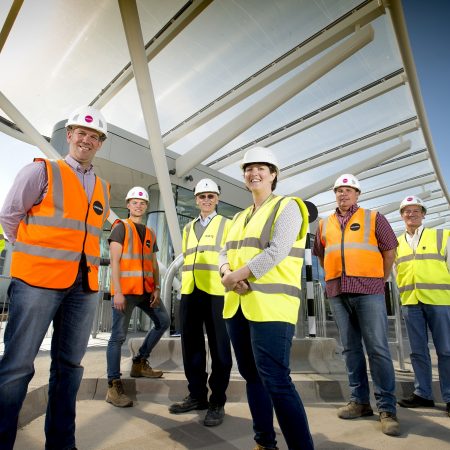Are We Making People’s Lives Better Through Our Projects?
The question posed in the title is one we should probably ask for every infrastructure project. It’s easy to get absorbed in all of the technical detail and practical considerations, but if the project hasn’t made people’s lives better or more convenient, was it worth doing?
The social impact of projects is becoming a more important consideration. It’s one of the main factors that determines whether value for money has been achieved and that we are helping to create the transport infrastructure that meets the needs and expectations of users.
We all want to see thriving communities. At the heart of this has to be the ability to transport people efficiently and easily. And by people we mean everyone. Efficient and accessible transport is something all people should expect in a developed economy.
Infrastructure projects that promote the widest possible access and mobility still have to be delivered within financial and technical constraints. On top of that, needless disruption to today’s network users shouldn’t be the price we pay for the convenience of tomorrow’s. So solutions have to be efficient, innovative and adaptable, which places new demands on contractors and their supply partners.
Digital design, BIM and modern methods of construction help us to deliver projects faster, cheaper and with less disruption. With the right approach, it’s possible to make significant cost savings without compromising the architectural standards or effectiveness of the asset. The Hard transport interchange in Portsmouth is a good example of how a problem-solving approach and collaboration can deliver a planned outcome even if the budget gets cut.
It’s rarely feasible to completely close transport assets such as rail stations, while upgrades to accommodate future traveller volumes or make them accessible to users of all abilities are made. But there are usually solutions that minimise disruption if you look for them.
Manufacturing buildings offsite, as we did at Whitton Station, is an effective way to shorten build times and reduce disruption. Careful coordination of the fit-out using BIM tools also ensured that works didn’t drag on for an extended period, with the continued safety concerns and inconvenience that would bring.
The challenge for infrastructure contractors is to make the most of the opportunity that projects offer to improve people’s lives for the long-term, while also looking after their immediate needs. It’s a challenge Osborne is embracing on every project we deliver.

